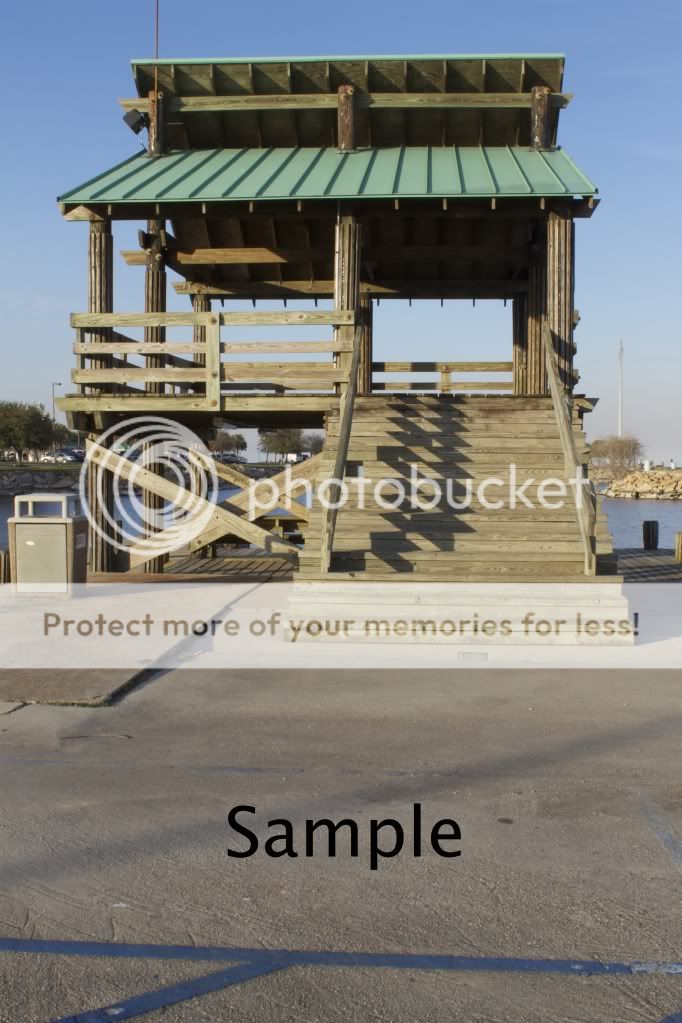thinkanarchy
TPF Noob!
- Joined
- Jul 18, 2011
- Messages
- 8
- Reaction score
- 0
I would first like to introduce myself. I already had an account here, but don't think I have made any posts before. I just recently purchased a Canon T3 with the kit lens (18-55mm f/3.5-5.6 IS) and am still in the early learning process. I'm currently reading a book about photography which I've already learned quit a bit from, but not nearly enough. Anyway, I would like to include two photos I have taken so far, out of about 90, that I like the best and would appreciate some tips on what I could have done to make them better... or simply good. I don't mind constructive criticism. The two images are below, with the settings used. Also, sorry about the settings, I'm simply going off the data stored in the photos, but don't fully understand it seeing as it is in different form from when I set it in the camera.
It's also worth noting, I have yet to get to fully manual mode. I have tried a few times, but the photos typically come out very poorly.
Fire Hydrant:
http://i1262.photobucket.com/albums/ii602/thinkanarchy1/firehyd.jpg
Sorry, but for what ever reason, I can't get this one to show up in the post.
Settings used:
AE mode
Shutter Speed: 0.3
Aperture: 5.0
ISO: 800
For the above, I dislike all the black in the back, so I took more pictures the next night with more of the background showing but did not like them as much. There was always a parked car, an ugly fence, and/or a lot of stored siding in the background.
Dock Building
Settings used:
AE mode
Shutter: 1/15
Aperture Value: 25.0
ISO: 100
Originally shot in RAW
It seems out of focus to me. Plus I would prefer less of the cement in the foreground, but that can easily be cropped out.

Anyway, thanks for any input, tips, etc that can be given on these.
It's also worth noting, I have yet to get to fully manual mode. I have tried a few times, but the photos typically come out very poorly.
Fire Hydrant:
http://i1262.photobucket.com/albums/ii602/thinkanarchy1/firehyd.jpg
Sorry, but for what ever reason, I can't get this one to show up in the post.
Settings used:
AE mode
Shutter Speed: 0.3
Aperture: 5.0
ISO: 800
For the above, I dislike all the black in the back, so I took more pictures the next night with more of the background showing but did not like them as much. There was always a parked car, an ugly fence, and/or a lot of stored siding in the background.
Dock Building
Settings used:
AE mode
Shutter: 1/15
Aperture Value: 25.0
ISO: 100
Originally shot in RAW
It seems out of focus to me. Plus I would prefer less of the cement in the foreground, but that can easily be cropped out.

Anyway, thanks for any input, tips, etc that can be given on these.





![[No title]](/data/xfmg/thumbnail/32/32433-abebb6cea0cf29d5f27d9054c7b0664e.jpg?1734161774)



![[No title]](/data/xfmg/thumbnail/37/37096-449bdc6a1e392458a52fd1cca97c6b2e.jpg?1734169827)


![[No title]](/data/xfmg/thumbnail/37/37613-6b200847731e552bb4bf9ba3bdb80183.jpg?1734170739)

